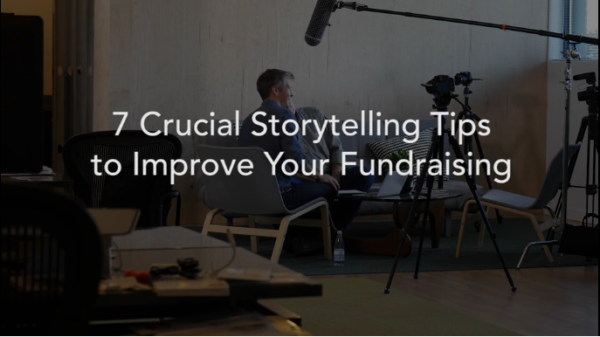I open a lot of mail – a lot of fundraising direct mail.
Every day I’ll receive at least two appeals, along with the usual smattering of utility bills and pizza promotions.
I must have received thousands of letters over the years, but I only remember a handful. Yes, it takes something special to get my attention.
Your donor needs something special, too. From the moment she wakes up, she’s bombarded by messages, all competing for her attention. So don’t assume she’s going to open your next appeal letter.
But there are some things you can do to make your letter stand out in the mailbox. And it starts with the outer envelope.
Also called the “carrier,” the outer envelope serves two purposes – to deliver your letter, and then, to entice her to open it. But there are some simple guidelines it should follow:
- The language on the outside, usually called the “teaser,” should be donor-focused – keep it about her, not your organization
- Teaser language should focus on a benefit to your donor, the offer, the match, etc.
- The teaser should steer away from being conceptual, cute, or clever, as it lowers response rates
The first impression your donor has – your outer envelope and your teaser – is the critical first step to getting a donation. But it can be a tightrope walk – go too far with a teaser or image, and your appeal will likely end up in the trash.
To avoid that result, here are some ideas I’ve used to help make outer envelopes pop:
- Use a blank #10 outer envelope. Put your organization’s details, if you need to include them, on the reverse flap. But a blank envelope can really grab a donor’s attention.
- Consider writing a handwritten note on your outer envelope (e.g. Your gift doubles, SEE INSIDE!)
- Experiment with alternative envelope colors such as brown craft, canary yellow, light blue, pink, or even green
- Try a different sized envelope such as a 6×9
- Thicker envelope stock can help your appeal stand out in the mailbox, separating it from all the other communication she may receive
- Use a reverse window (flipping the window and address block to the back of envelope and giving you more real-estate up front)
- Use full-bleed, which is a wrap-around full-color envelope. But this can be expensive
A well-written and well-designed outer envelope has the power to draw a better response from your donor. And if the goal is to have your appeal stand out in a crowded and noisy mailbox, you should try some of these ideas!








